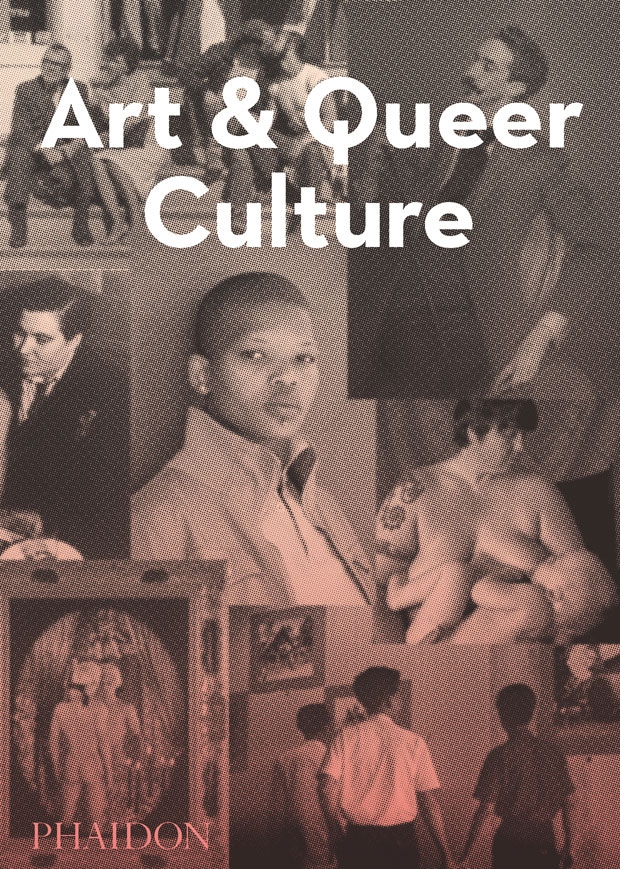Emblazoned on a sticky label on the cover of this weighty hardback – I’d say ‘coffee-table book’ were it not for the academic nature of this expertly researched combined reader and artist directory – is the publisher’s boast that the publication is ‘the first book on the criticism and theory regarding queer visual art’. Surely that can’t be true?
In his introductory essay Richard Meyer provides some caveats – noting the Western bias of his knowledge for example – intrinsic to editing a book of this sort. He also notes the editors’ use of ‘queer’ as a catchall to cover various sexualities, orientations and gendered and degendered subjects that might be seen (historically?) to be outside the mainstream. It’s right that he does this, and the word’s use in this way has a strong, well-documented and well-theorised hold, yet the queer label is not unproblematic when put against much of the contemporary art included in this book (which covers work from the nineteenth to twenty-first century) that specifically addresses being gay (as opposed to gendered). What really proves radical in work by the likes of Judie Bamber and Doug Ischar or Nahum B. Zenil and Elmgreen & Dragset, for example, is the unabashed way in which the artists foreground the acts of gay sex and desire. The ‘queer’ label, on the other hand, in its attempts to encompass a broad church, rather detracts from this. It unintentionally plays into the mainstream determination (I would posit) that it is ‘OK’ to be gay, as long as you don’t tell the dirty ins and outs of sex (gay television personalities are in profusion, for example, but are veiled behind a prudish shroud of ‘family friendly’ camp).
Many later texts – those dating from 2000 onwards – included in the reader can be divided into attempts to historicise gay radicalism (in a text from the turn of the millennium, Meyer notes the difficulty in writing a history of a culture that could not be documented for a long while; that dared not speak its name). Otherwise they address those more virulently persecuted present-day minorities (the trans community, for example). Which leads one to question whether this book – published by a mainstream outfit such as Phaidon – is a monument to a finally arrived postheterocentrism? The answer can perhaps be found in two other books published recently. The first (reviewed by Stewart Home in ArtReview no. 67, April 2013), The Books That Shaped Art History (2013), edited by Richard Shone and John-Paul Stonard, includes no texts that look at art from a nonhetero or degendered perspective. The second I would offer as even more damning evidence of a wider, still existent squeamishness towards gay identities. Included in the reader section of Art & Queer Culture is James M. Saslow’s 1979 essay ‘Closets in the Museum: Homophobia and Art History’, which notes that four years earlier the Met had referred to George Dyer as Francis Bacon’s ‘close friend’ in some exhibition material. In the recently published What Is Contemporary Art?: A Children’s Guide (2012) by Jacky and Suzy Klein, the authors describe Felix Gonzalez-Torres’s Untitled (Perfect Lovers) (1991) as exploring the relationship between the artist and his late boyfriend in exactly the same coy terms. Perhaps gay radicalism shouldn’t be the stuff of history after all.
This article was first published in the May 2013 issue.
